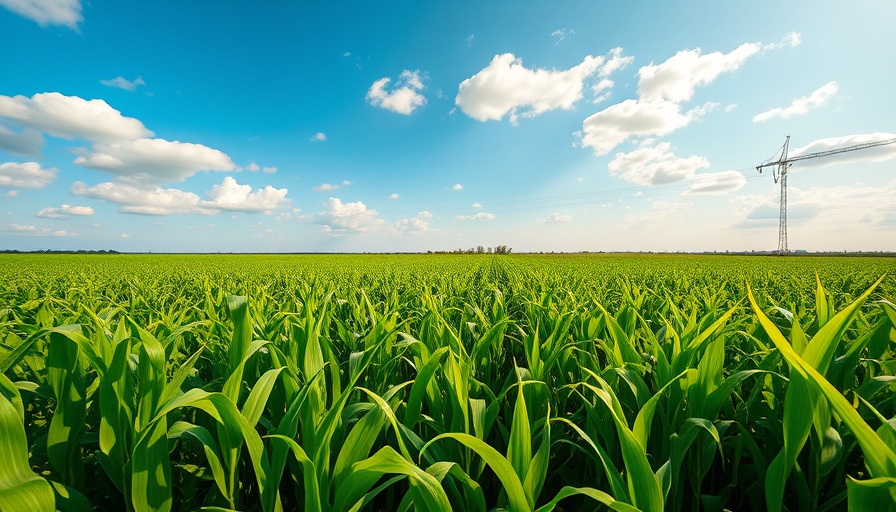
Understanding Water Quality: A Key Ingredient in Food Safety
Water is an essential resource in the agrifood system, influencing everything from irrigation practices to the cleaning processes in food production. The recent ad hoc meeting by the FAO and WHO highlighted a critical issue: the relationship between water quality and food safety, particularly concerning chemical contaminants in our water sources. This connection is vital as populations grow and water demands increase.
The Challenge of Contaminants in Water Resources
As populations around the globe swell, the agricultural sector faces the increasing challenge of producing food while maintaining sustainable water usage. However, the quality of water used at various stages of food production is often overlooked. Contaminants—both naturally occurring and human-induced—find their way into water supplies, threatening food safety. Although significant strides have been made in understanding microbiological risks, the implications of chemical contaminants are less well understood.
Growing Concerns Over Chemical Contaminants
The FAO’s background document, “Prioritizing food safety issues related to chemical water quality in agrifood systems,” prepares the ground for informed discussions on water quality. As farming technology evolves, circular economy practices are emerging as a solution to water scarcity. However, the potential risk posed by chemical contaminants—such as pesticides, heavy metals, and plastic residues—demands urgent attention.
A Focused Approach: The Expert Meeting
The objective of the expert meeting is to validate the findings of the background document, identify priority chemical contaminants, and make formal recommendations to stakeholders, including Codex. The integration of diverse expert insights will help frame strategies that mitigate the dangers of contaminated water on food safety, ensuring that food systems become safer for consumers.
Why This Matters: Health Implications and Beyond
Understanding the health implications of water quality on food safety is not just about scientific data; it’s about protecting people. The risk of foodborne illness is directly linked to the quality of the water used throughout the food supply chain. By prioritizing clean water sources, we can reduce health risks and improve public trust in food safety practices.
Tips for Consumers: Making Informed Choices
As individuals, knowing about these issues allows us to make informed decisions regarding food safety. Here are some practical insights you can adopt:
- Be Informed: Stay updated on environmental policies and initiatives that influence water quality.
- Support Sustainable Practices: Choose products from brands that prioritize sustainable water use and transparency in their sourcing.
- Advocate for Change: Engage with local and international health organizations to promote better water safety measures.
The Future: Innovations and Opportunities
As we move forward, technological innovations related to water purification and recycling will play a pivotal role in enhancing food safety. The meeting will explore how these advancements can be implemented within the food production sector, paving the way for healthier communities.
A Call to Action: Engage with the Future of Food Safety!
As we consider the implications of water quality in our food systems, it is crucial to take action. Engage with local efforts that aim to promote better water management practices, support initiatives that prioritize clean water sources, and educate yourself and others about the importance of these issues. Together, we can forge a path toward a safer and healthier food supply!
 Add Row
Add Row  Add
Add 




 Add Row
Add Row  Add
Add 

Write A Comment